Say hello to the black-naped Monarch (Hypothymis azurea), a small songbird that belongs to the monarch flycatcher family. This feathered friend is commonly found in parts of southern and southeast Asia and is also referred to as the black-naped blue Monarch.
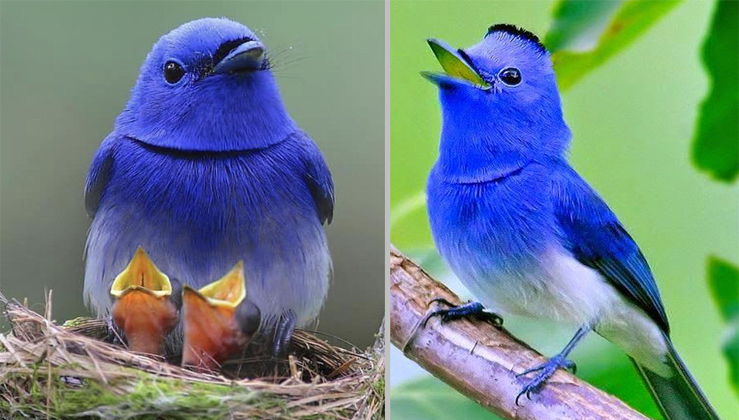
The male of this species can easily be identified by its vibrant blue feathers and the black patch on the back of its head. Meanwhile, the female has a more subdued appearance with olive brown wings and no black markings on her head. This bird exhibits sexual dimorphism, with distinct physical differences between male and female. In addition to the black patch on the back of his head, the male also possesses a narrow black half collar resembling a necklace.
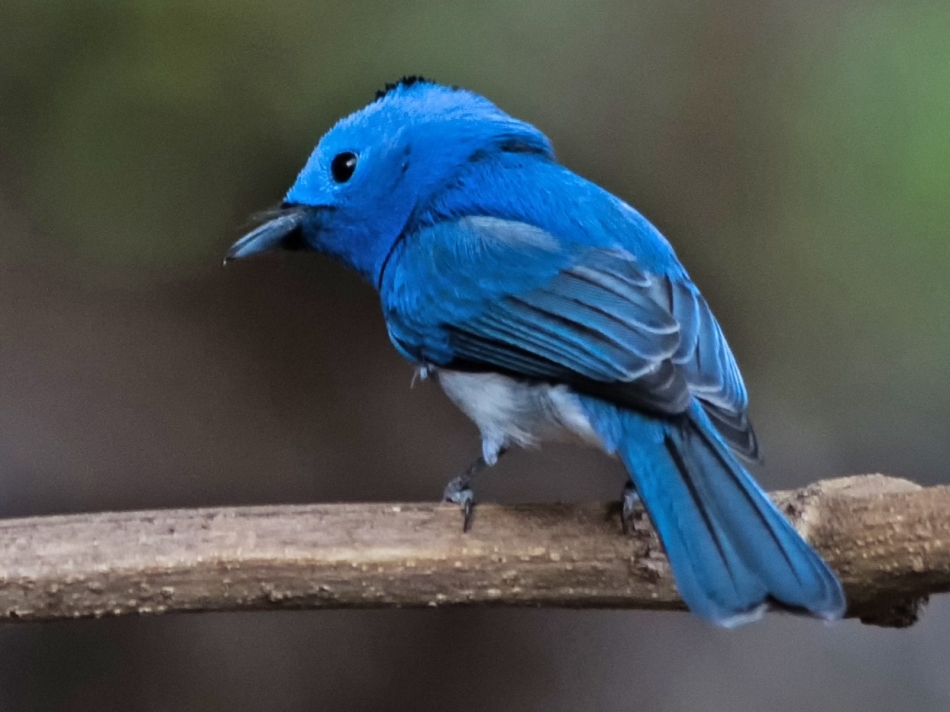
The black-naped monarch shares a similar call with the Asian paradise flycatcher and often forms mixed-species foraging flocks in tropical forests. It’s important to note that different populations may vary slightly in their plumage color and size. The French polymath Georges-Louis Leclerc, Comte de Buffon, first described this bird species in 1779 in his Histoire Naturelle des Oiseaux. Moreover, a hand-colored plate engraved by François-Nicolas Martinet was produced under the supervision of Edme-Louis Daubenton to accompany Buffon’s text.
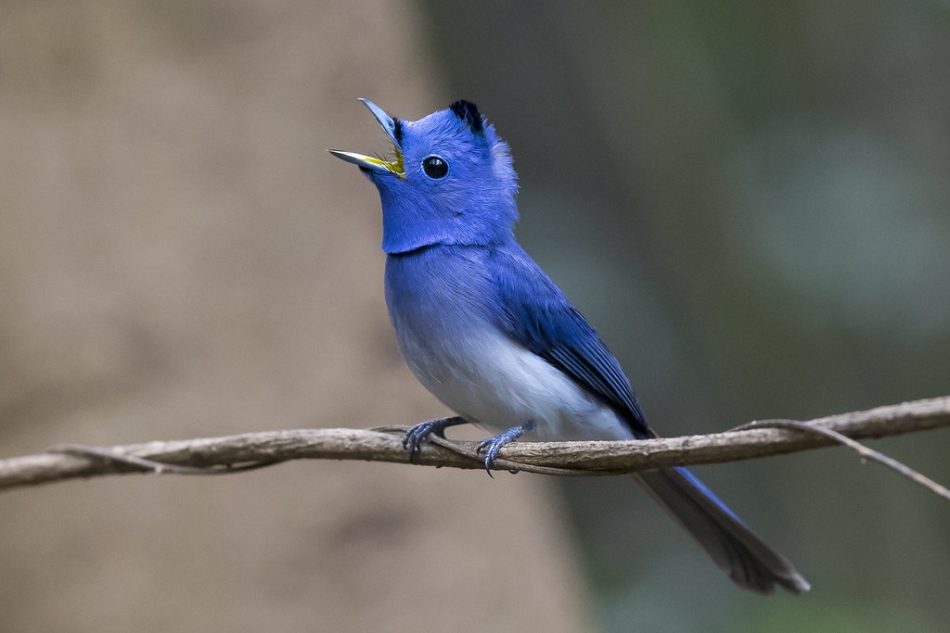
The black-naped monarch bird is also known by other names like black-naped blue monarch and black-naped monarch flycatcher. Experts have categorized two previous subtypes, namely H. a. blasii from Banggai Island and H. a. puella from Sulawesi, and assigned them as subtypes of the pale-blue monarch (Hypothymis puella).
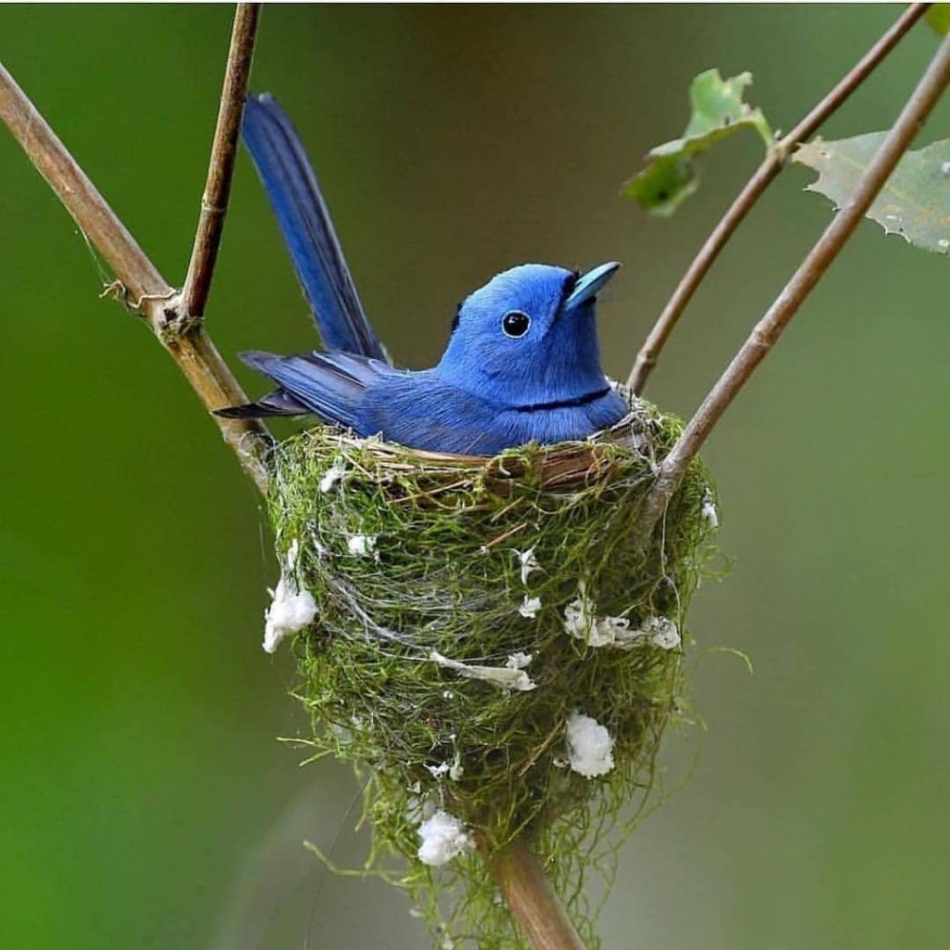
The male black-naped monarch bird measures around 16 cm in length and has a predominantly light blue body with a white underside. It features a small black patch on the nape and a thin black band around its neck. In contrast, the female is less colorful and does not have the same black markings. Its wings and back are a shade of grayish-brown.
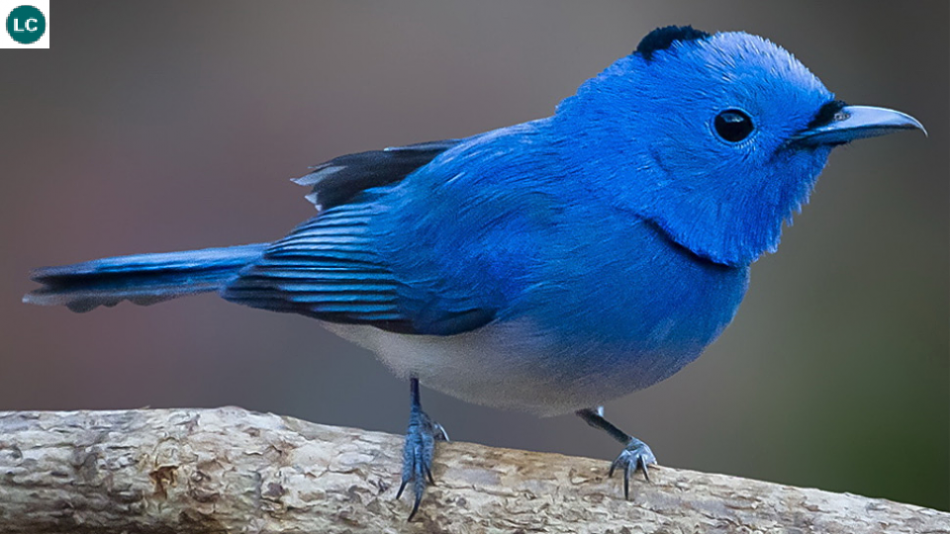
The male of this species has more striking black markings compared to the female, who has a duller appearance and lacks these markings. Its wings and back are colored in shades of grey-brown. Interestingly, there are variations in the visual appearance of this bird depending on its location, with different breeding populations showing varying degrees and shades of markings. For example, in India, the subspecies H. a. styani (which also includes H. a. sykesi identified by Stuart Baker) has males with very distinct black markings and a whitish abdomen.
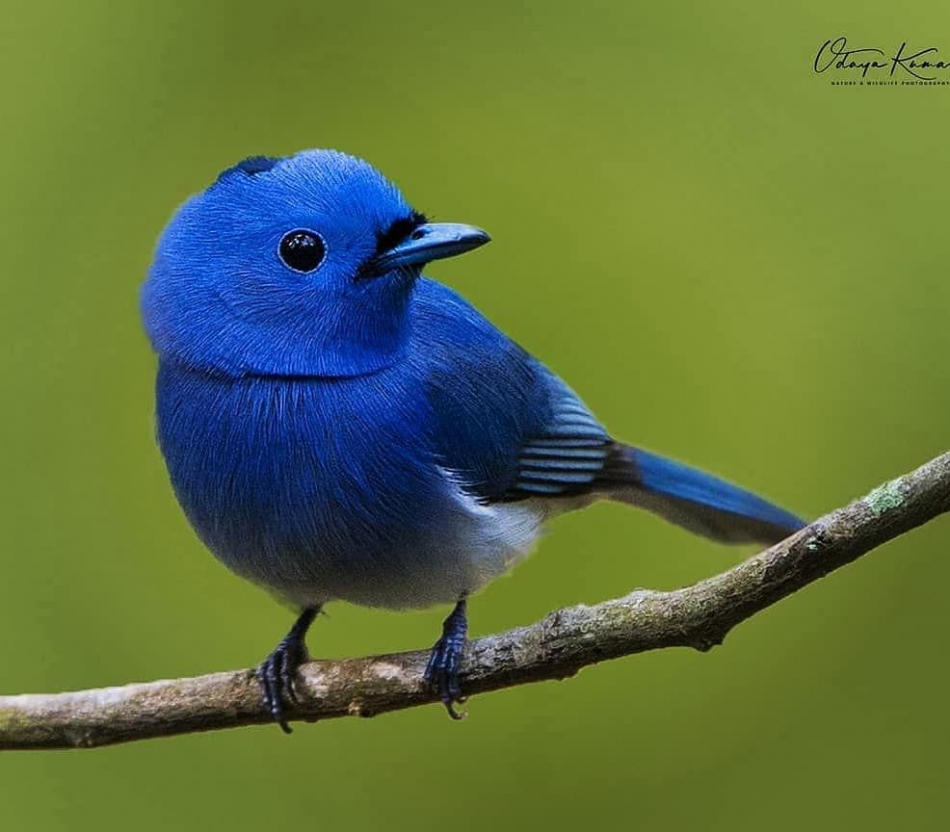
The Sri Lankan race of males, known as H. a. ceylonensis, have a distinctive feature of lacking the black nape and gorget and their shade has a purplish tinge. On the other hand, the males of the Andaman Islands’ subspecies, H. a. tytleri, have blue-grey underparts. The car Nicobar Island’s form, H. a. idiochroa, displays a greyish-white belly. Meanwhile, the southern Nicobars’ H. a. nicobarica have a smaller and finer bill. The gape of all these subspecies ranges from yellowish to green.
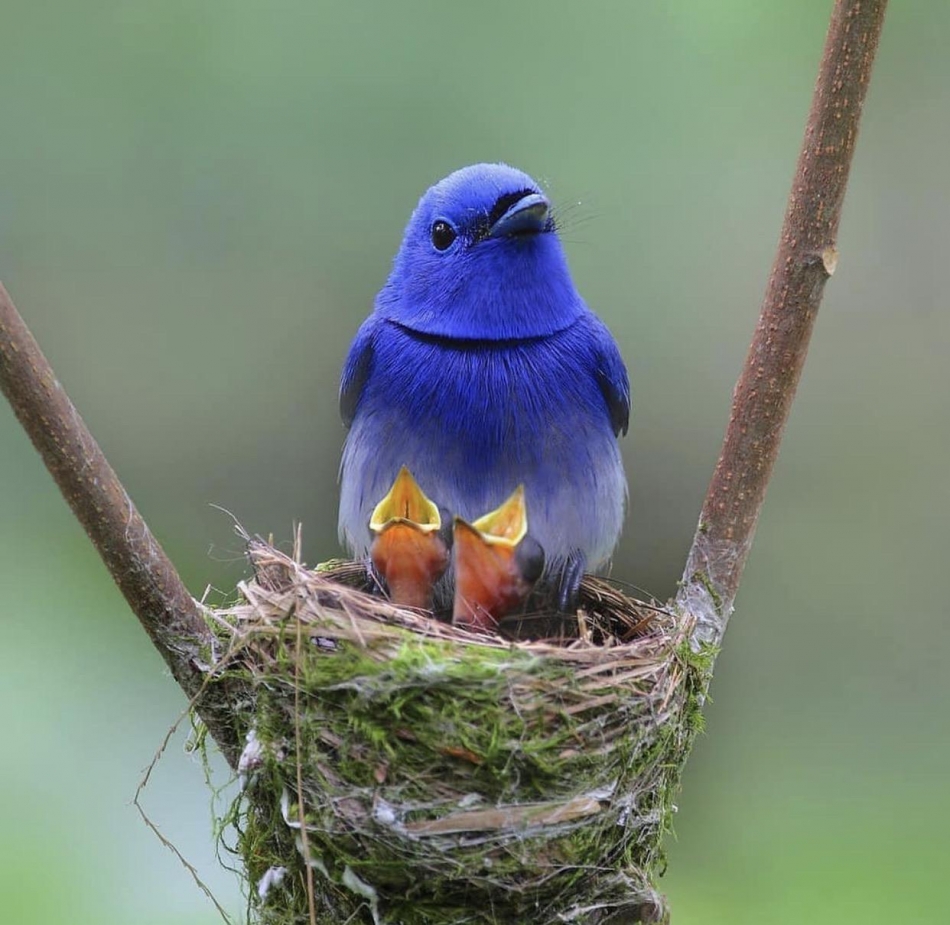
The black-naped monarch is a type of bird that breeds in the tropical southern regions of Asia, spanning from India and Sri Lanka to Indonesia and the Philippines. They typically inhabit thick forests and wooded areas. While they are mostly permanent residents, some local seasonal movements have been observed.
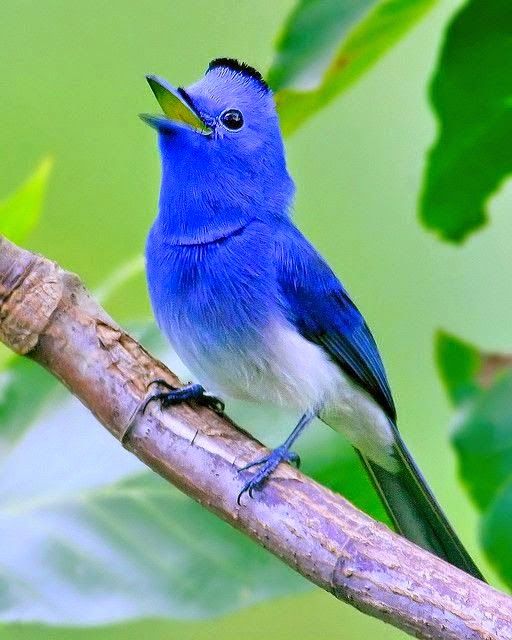
In India, breeding time spans from March to August and during this period, birds build their nests in a neat cup shape that is carefully placed in a fork. These cups are lined with webbing and fungi filaments, including those produced by the Marasmius genus, which are known for their antibiotic properties and can help protect the young from infections. The female bird constructs the nest while the male stands guard. Usually, the clutch contains three eggs that both parents incubate and feed until hatching occurs after approximately 12 days.
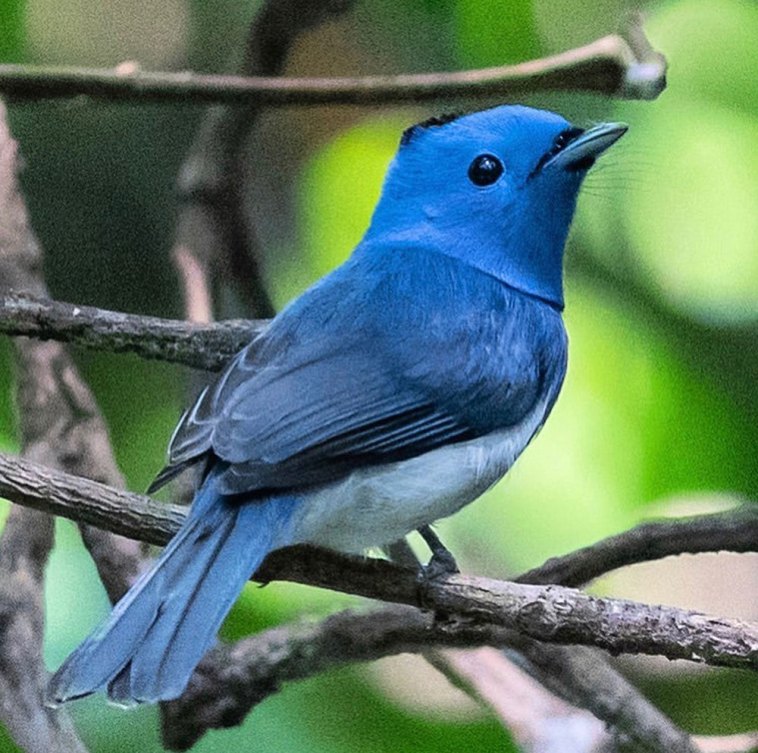
It has been observed that big spiders like Nephila maculata can capture birds in their webs. Recently, a new virus called astrovirus was discovered in a black-naped monarch in Cambodia, which wasn’t previously found in passerines. The feather mite proterothrix hypothymis (pterodectinae: protophyllodidae) has also been identified in black-naped monarchs located in Vietnam.
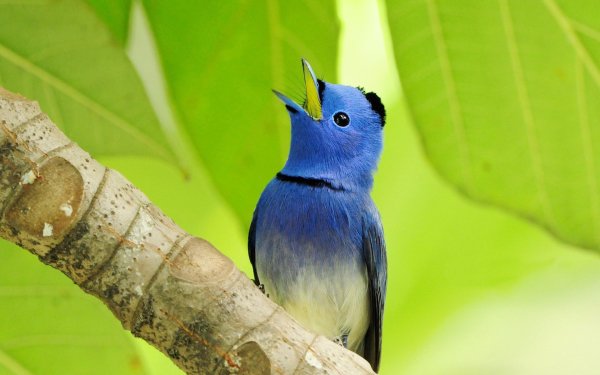
The sound of their call is a sudden and piercing skrip. The peak mating season for these birds in India occurs during the hot summer months from May to July. They typically lay two to three eggs in a small, cup-shaped nest that they place in the crook of a tree. Interestingly, these nests are often adorned with spider-egg cases, adding a unique touch to their construction.
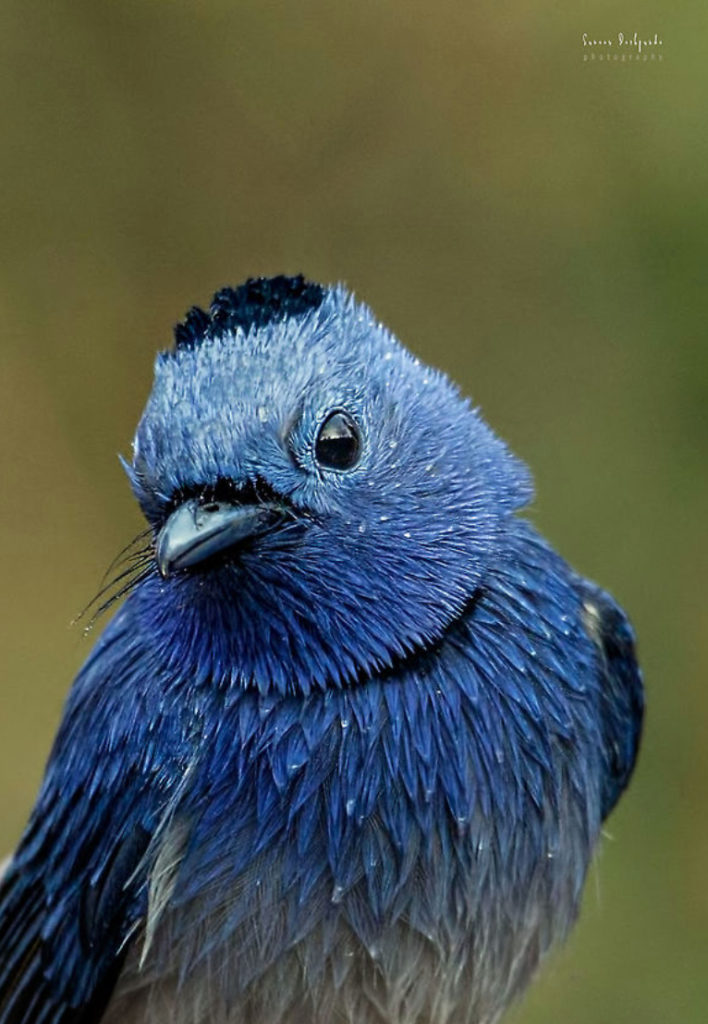
The black-naped monarch is a bird with short legs and a straight posture while sitting on a perch, similar to a shrike. Its diet consists of insects, and it typically hunts by catching flies. When the bird feels threatened or vigilant, its nape feathers stand up like a pointed crest. This species often joins mixed-species flocks to forage for food, especially in the Western Ghats region, where they play a vital role in these groups. They are active in the understory of forest canopies. Recently, a study conducted in Sri Lanka discovered that human activity disturbs the bird’s habitat. This disturbance causes the black-naped monarch to retreat from the impacted edges by a distance of about 75 meters.
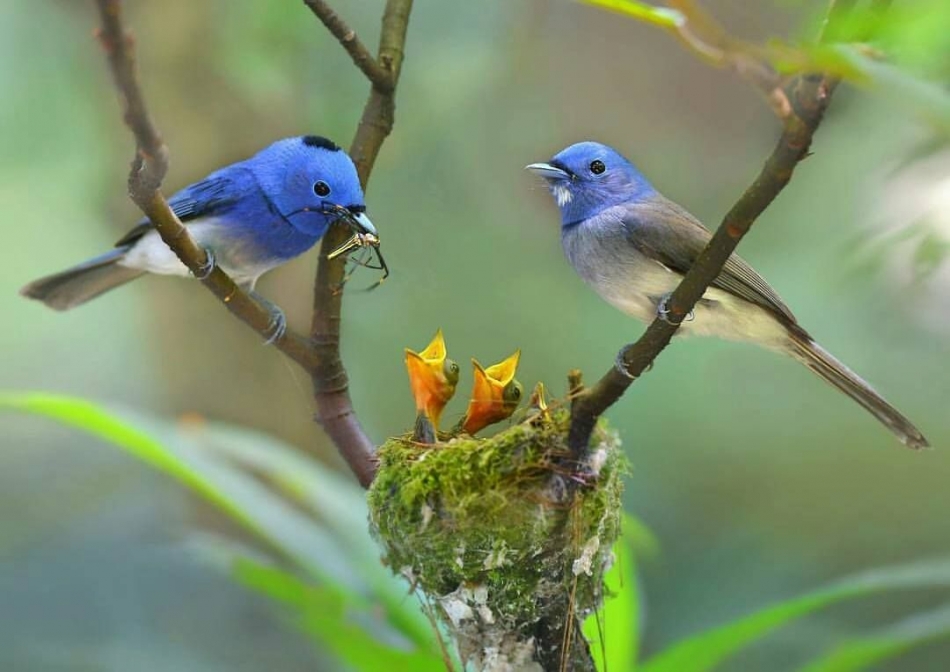
The black-naped Monarch bird species has a unique nesting process where the mother builds the nest while the father stands guard. The responsibility of incubation and feeding is shared equally between both parents. If you’re interested in observing this fascinating behavior, check out a video of the black-naped Monarch feeding its chicks in the nest.
